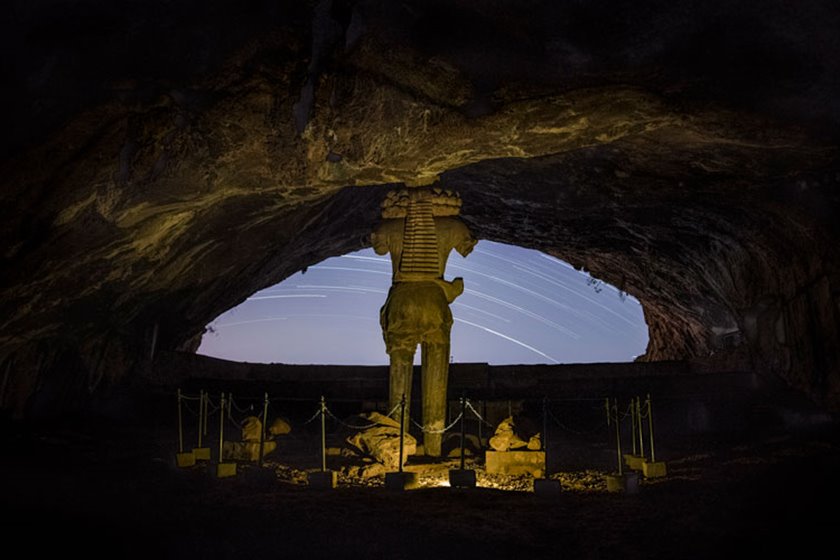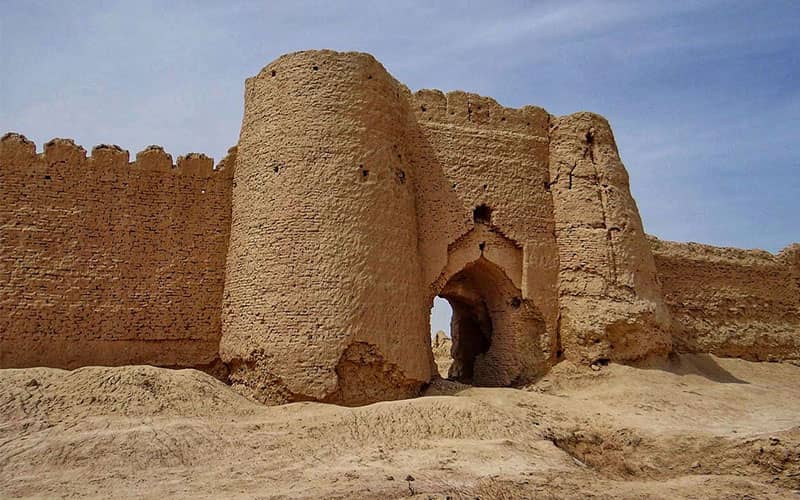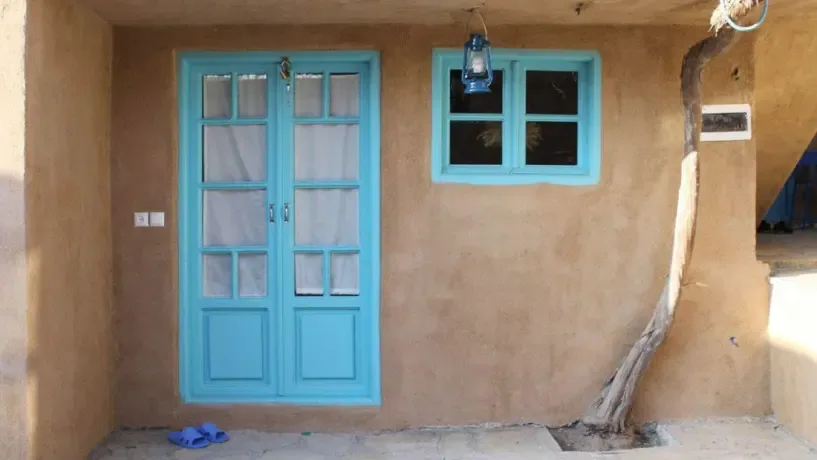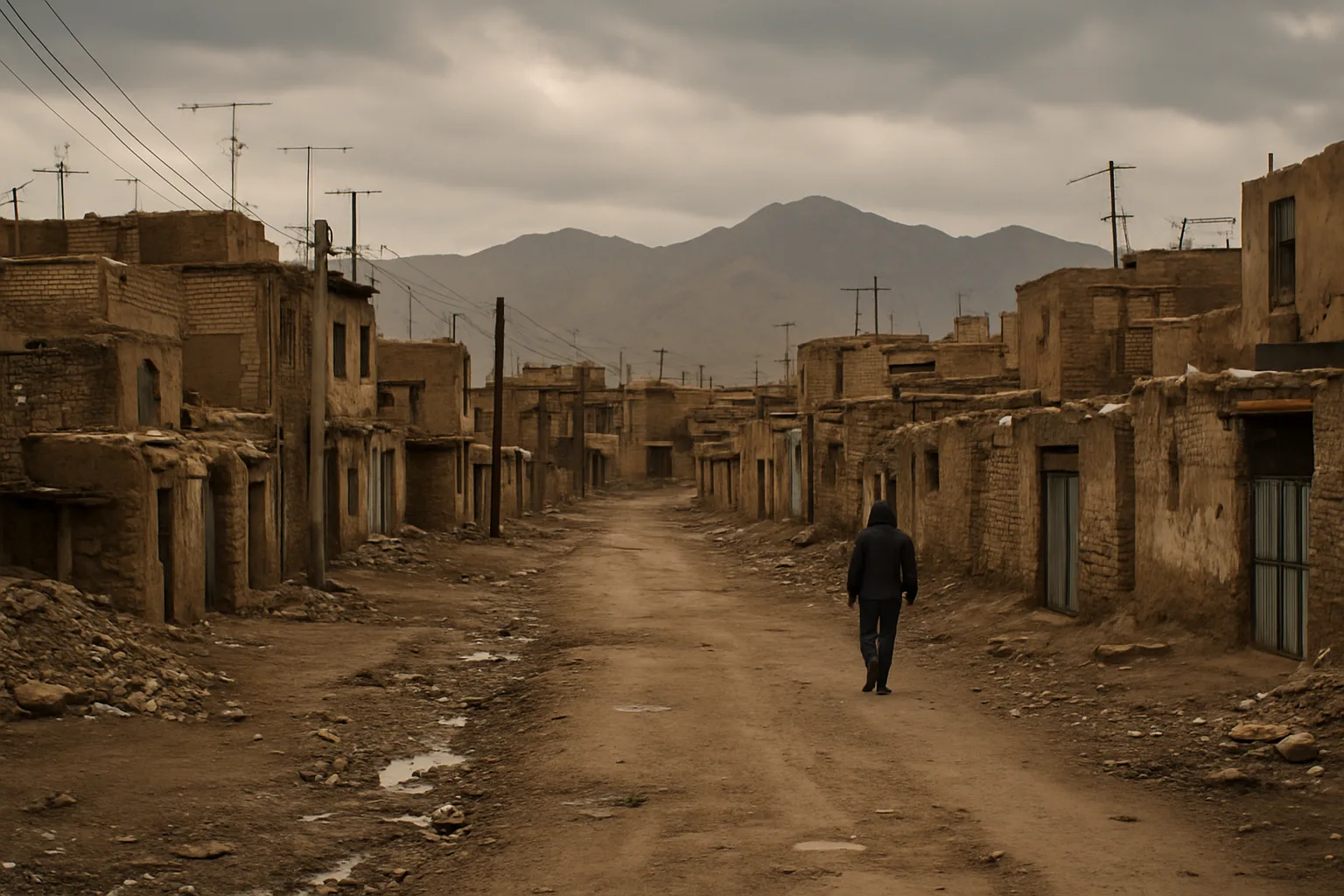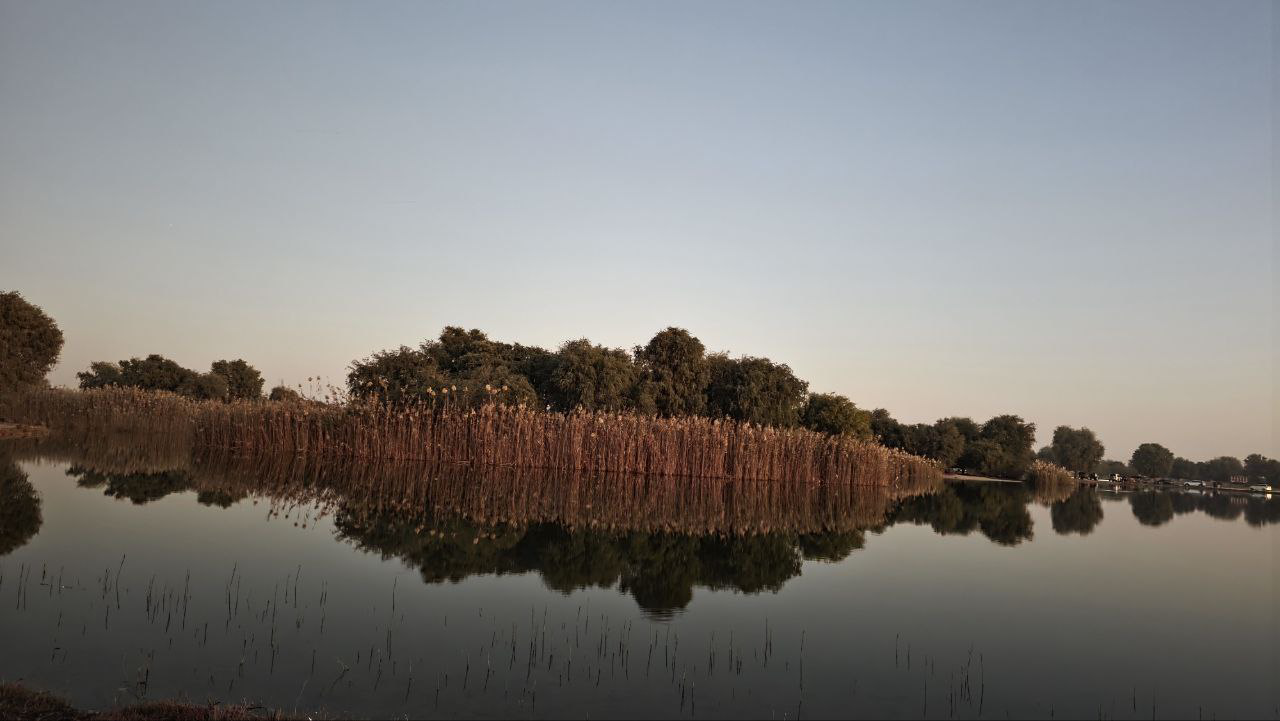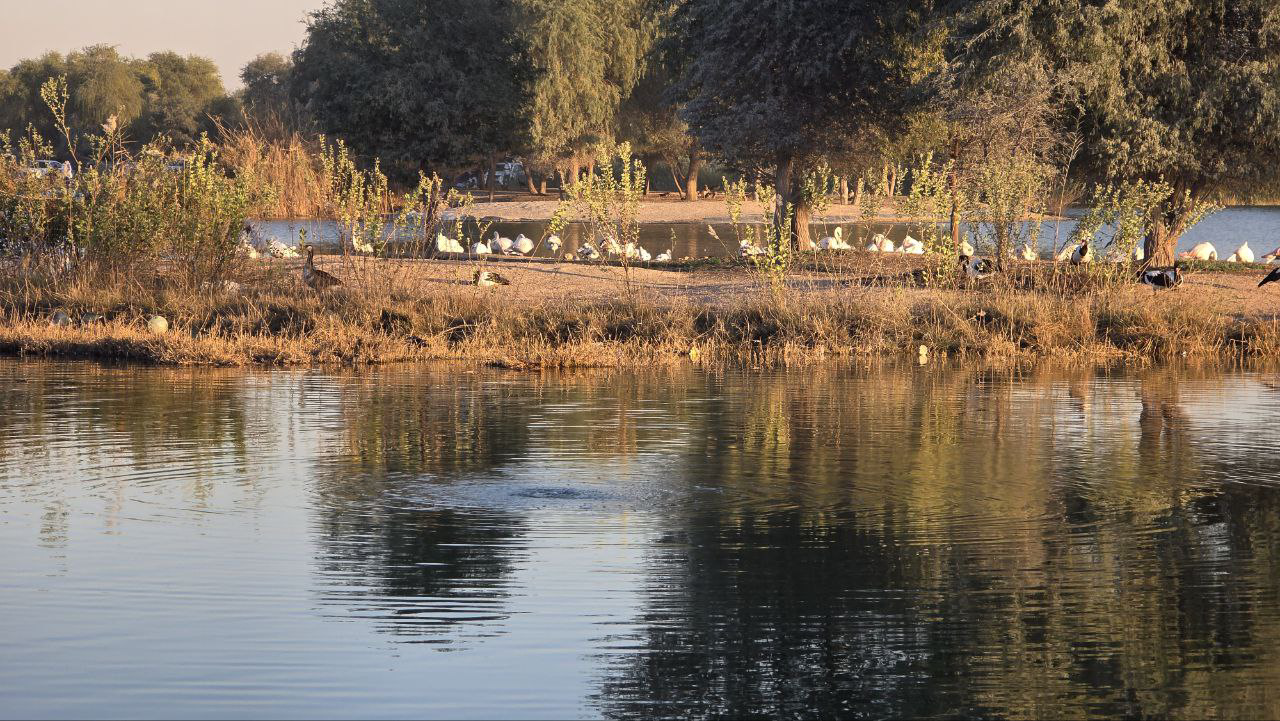Cave Shapur: A Historical and Natural Attraction in Fars Province
Where is Cave Shapur? Cave Shapur is located at the end of the Chogan Gorge, approximately 4 kilometers from the ancient city of Bishapur in the Kazeroon County of Fars Province, Iran. The cave is situated at an elevation of about 800 meters above sea level, overlooking the village of Abad.
Access to Cave Shapur
There is an asphalt road connecting the Kazeroon-Qaemiyeh road to the village of Tang-e Chogan, spanning about 6 kilometers. From Tang-e Chogan, a five-hour trekking route leads to the cave. Additionally, after the village of Shapur, which is in close proximity to the cave, around 600 meters can be covered with off-road vehicles, followed by a 2,400-meter walk to the cave entrance. The entire path includes steep sections and stone and concrete steps, taking approximately one hour on foot.
Cave Shapur: Historical Overview
Cave Shapur is among the significant historical caves in Iran, renowned for both its natural beauty and cultural heritage. It is believed that the cave served as a religious and ceremonial site even before the Sasanian period. During the reign of Ardeshir and Shapur I, efforts were made to promote religious unity, leading to the construction of the cave. Shapur I ordered the creation of his statue inside the cave to suppress the beliefs of the local inhabitants. Consequently, the cave transformed into one of the most important cultural and religious centers of ancient times.
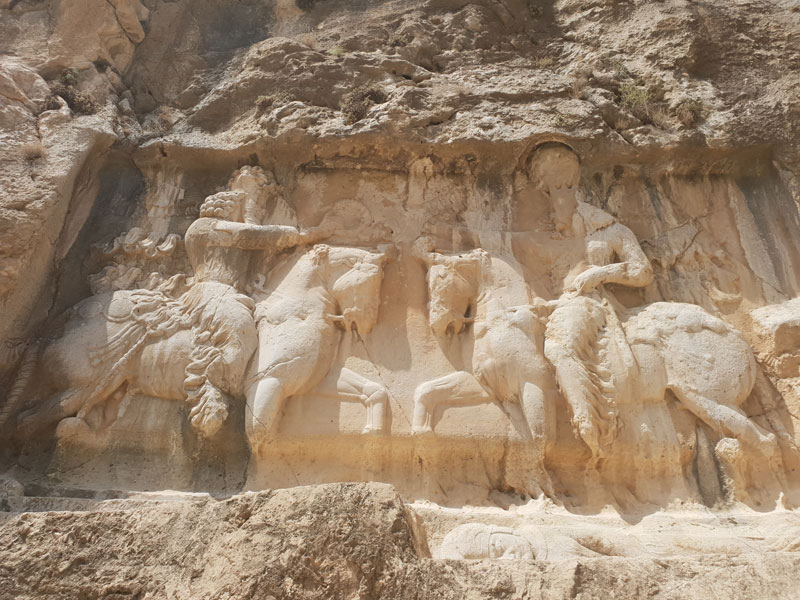
Different Sections of Cave Shapur
Entrance and Shapur Statue: The cave’s entrance is 30 meters long and 15 meters high. Inside, a 6-meter statue of Shapur I is prominently displayed. Two stone inscriptions, one in Pahlavi script and the other describing the restoration of the statue in 1336 by the military, can be found near the entrance.
Porticos (Iwans): Four porticos lead deeper into the cave, with varying heights and connected by stairs. The fourth portico is wider and includes steps leading 12 meters deeper into the cave.
Pit and Water Reservoirs: The cave features two water reservoirs, likely used to collect water dripping from the ceiling. The reservoirs served the water needs of the inhabitants. A beautiful stone waterfall and a large pit with a depth of approximately 30 meters are also present.
Passageways and Halls: The cave comprises four large passageways, five smaller passages, four secondary paths, and three main halls. Due to darkness, depth, and numerous interconnected caverns, exploring all angles and inner caves remains a challenge.
Visiting Cave Shapur
To reach the end of the cave, visitors must pass through a narrow passage and ascend a steep gorge. The cave extends for about 450 meters from the entrance to the end. However, access to certain parts may be restricted due to the lack of appropriate facilities for tourists exploring the mountainous sections.
Cave Shapur stands as a testament to the rich history and natural wonders of Fars Province, offering visitors a unique blend of cultural heritage and geological formations.
Shapur Statue
The 6-meter Shapur statue at the entrance of this cave is a masterpiece of ancient Iranian sculpture, registered as No. 159 in the National Heritage List of Iran on January 4, 1932. The Shapur statue is carved from a prominent giant column inside the cave and, despite the passage of 1,700 years, still stands intact. It is considered the only remaining statue from ancient times, standing at approximately seven meters in height. The sculpture depicts Shapur wearing simple, elegant clothing with a belt around his waist, holding a sword. The right hand rests on the belt, while the left hand grasps the hilt of the sword. The king’s beard is stylized, and he wears long hair with a crown.
Currently, both hands of the statue are broken and separated. Apparently, the statue had collapsed due to an earthquake, and in 1957, it was restored by the Iranian army without considering archaeological principles. The most significant factors contributing to the destruction of this sculpture are mentioned as earthquakes and human interventions. Some hasty conservation work has been done on this ancient artifact, but no proper protection, strengthening, or systematic restoration has been carried out.
Shapur’s Cave Treasure
Since Shapur’s Cave was considered an important cultural and religious center in its time, experts believed that a treasure was hidden inside. The fact that caves were considered safe places for hiding valuable objects in the past strengthened this belief about Shapur’s Cave. In the past, people used various methods to hide their valuable belongings inside caves. Despite such possibilities, no treasure has been found in this cave.
Time and Cost of Visiting Shapur’s Cave
Visiting hours for Shapur’s Cave in the first six months of the year: 8:00 AM to 8:00 PM
Visiting hours for Shapur’s Cave in the second six months of the year: 8:00 AM to 6:00 PM
Cost of visiting Shapur’s Cave for Iranian tourists (in 2022): 2,500 Iranian Tomans
Cost of visiting Shapur’s Cave for foreign tourists (in 2022): 15,000 Iranian Tomans
Holidays: Tasua and Ashura; Imam Ali’s martyrdom; Prophet Muhammad’s departure; Imam Khomeini’s departure; Imam Jafar Sadiq’s martyrdom.
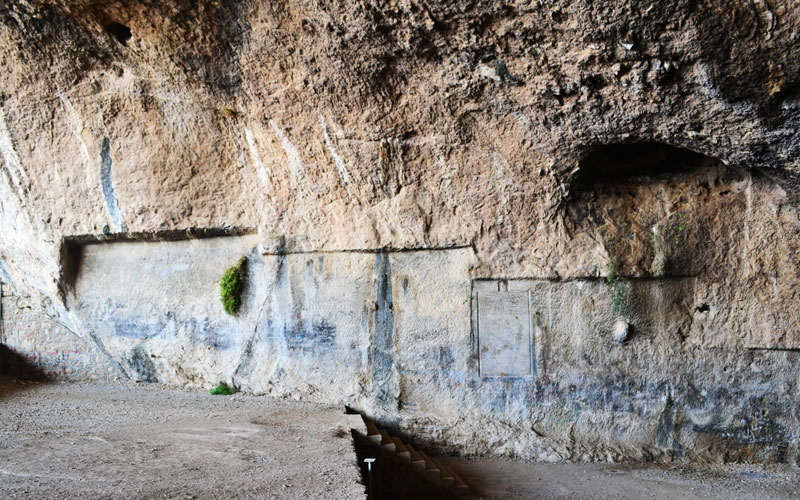
Places of Interest around Shapur’s Cave
Parishaan Lake
Address: Fars Province, west of Shiraz, 15 kilometers southeast of Kazeroon, Jareh and Abadeh district
Parishaan Lake is a natural attraction in the western part of Fars Province, located 15 kilometers southeast of Kazeroon. In recent years, due to road construction operations, deliberate fires, an increase in desertification, unauthorized well digging for agriculture, lack of proper supervision over livestock grazing, and the activities of a power plant, the lake has been threatened, and large parts of it have become dry and marshy. If Parishaan Lake is not restored and revived promptly, it will completely disappear in the not-too-distant future.
Bishapur Ancient City
Address: Fars Province, 20 kilometers from Kazeroon, near Chogan Valley
Bishapur Ancient City is one of the remaining relics from the Sassanian era, located 20 kilometers northwest of Kazeroon and 40 kilometers from Parishaan Lake. It has been listed in UNESCO’s World Heritage List in 2018, containing numerous ancient buildings and inscriptions.
Tips for Visiting Shapur’s Cave
There is a possibility of getting lost inside Shapur’s Cave, so it’s recommended to use guides for the visit.
Wear appropriate shoes for the hike to the cave, and don’t embark on the journey without physical readiness.
Bring water, snacks, and a flashlight.
Avoid writing graffiti on the cave walls and various sections, and refrain from littering in the surrounding nature.

Frequently Asked Questions
Where is Shapur’s Cave located?
Shapur’s Cave is located 30 kilometers north of Kazeroon, Fars Province, and 4 kilometers from the Chogan Pass.
What period does the history of Shapur’s Cave date back to?
It dates back to the Sassanian era.
What are the visiting hours for Shapur’s Cave?
Visiting hours for Shapur’s Cave are from 8:00 AM to 8:00 PM in the first six months of the year and from 8:00 AM to 6:00 PM in the second six months.
How much is the entrance fee to Shapur’s Cave?
The entrance fee to Shapur’s Cave is 2,500 Iranian Tomans for Iranian tourists and 15,000 Iranian Tomans for foreign tourists in 2022.

